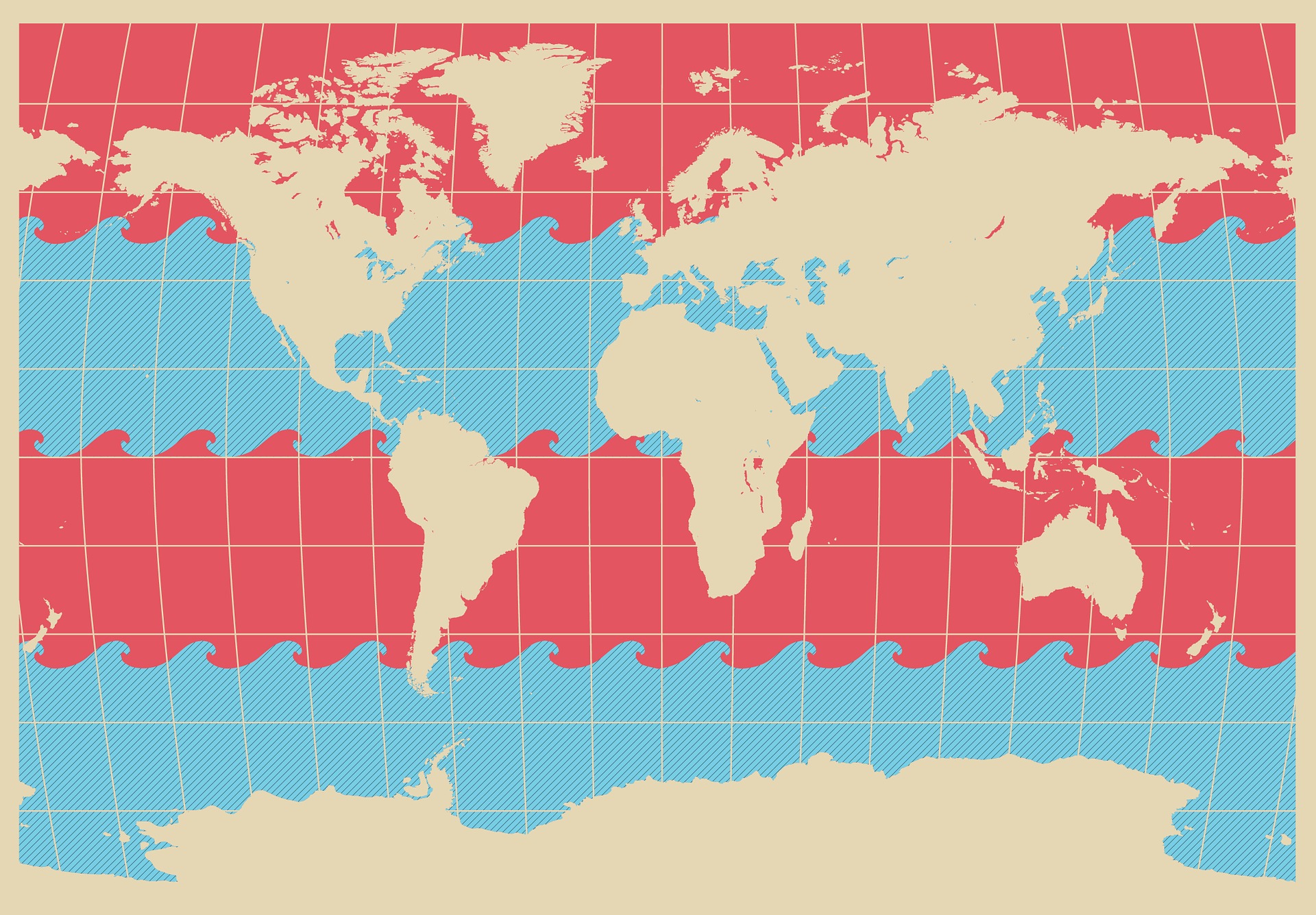Google has joined a handful of carriers to complete a brand new Trans-Pacific oceanic cable – but this is hardly their first venture under the sea.
As TeleGeography’s Jon Hjembo explains in this recent interview with Bloomberg, companies like Amazon, Google, Microsoft, and Facebook have such a high demand for bandwidth that it makes sense for them to provision their own oceanic cables instead of leaning on other carriers; this is something we're increasingly seeing.
Natural follow up question: are we looking at an underwater arms race? A battle for ownership of the undersea cables that connect the world? Well, not exactly.
In recent years, content providers have outpaced carriers in terms of their capacity demand on major routes. Considering the scale of their bandwidth deployments, it increasingly makes sense for them to collaborate on new systems as part owners rather than as customers.
Growth in Used Trans-Atlantic Capacity by Source

Seeing more content providers get in on the undersea cable game is less a sign that we're about to have an undersea battle royale, and more a logical response to massive increases in demand from a handful of major content networks.
Jon Hjembo
Senior Research Manager Jonathan Hjembo joined TeleGeography in 2009 and heads the company’s data center research, tracking capacity development and pricing trends in key global markets. He also specializes in research on international transport and internet infrastructure development, with a particular focus on Eastern Europe, and he maintains the dataset for TeleGeography’s website, internetexchangemap.com.



